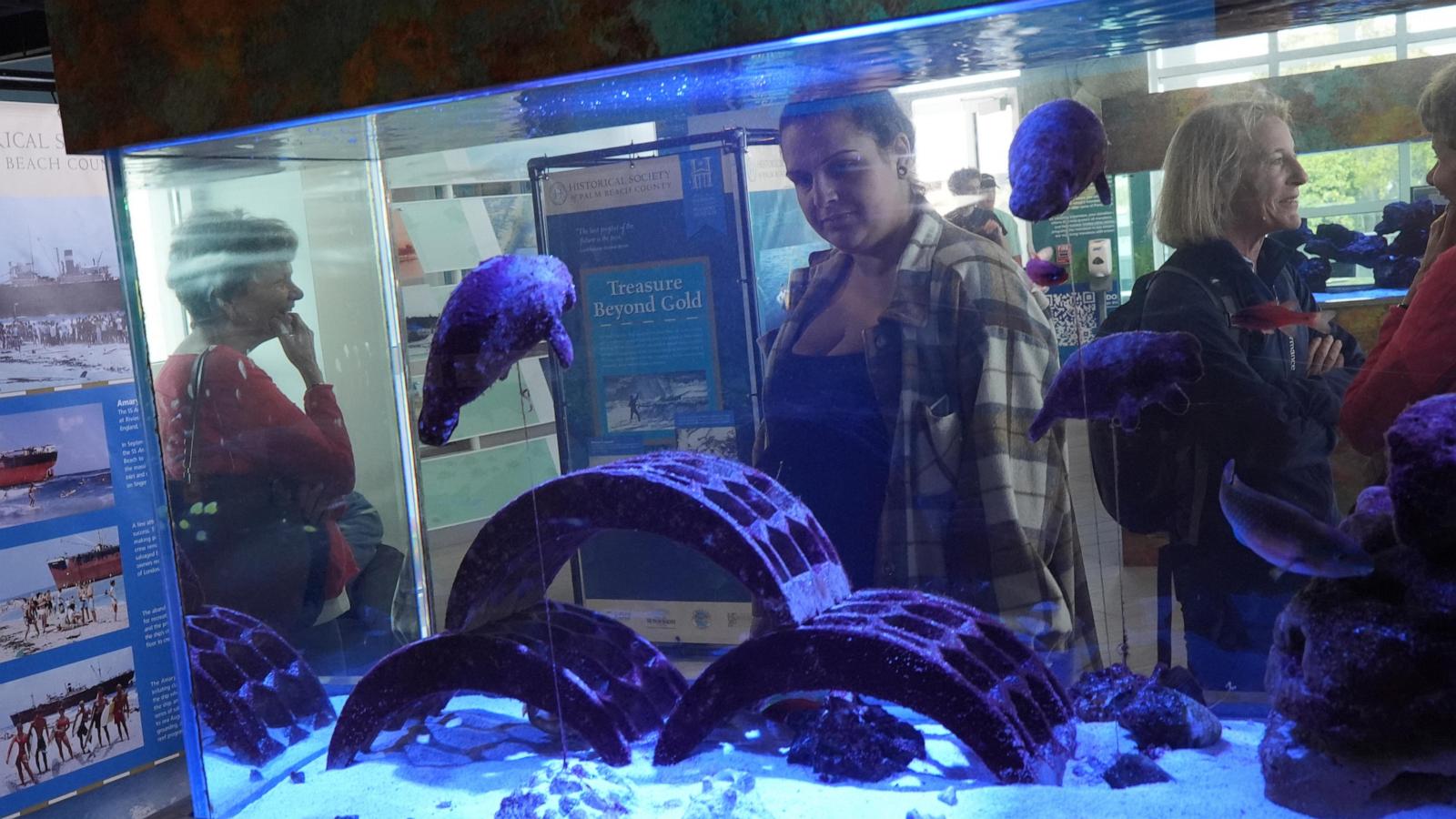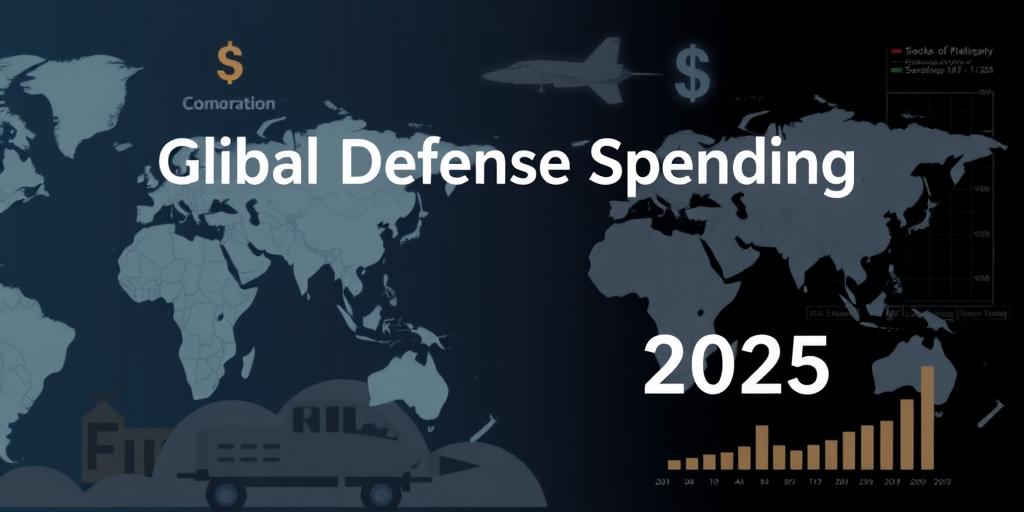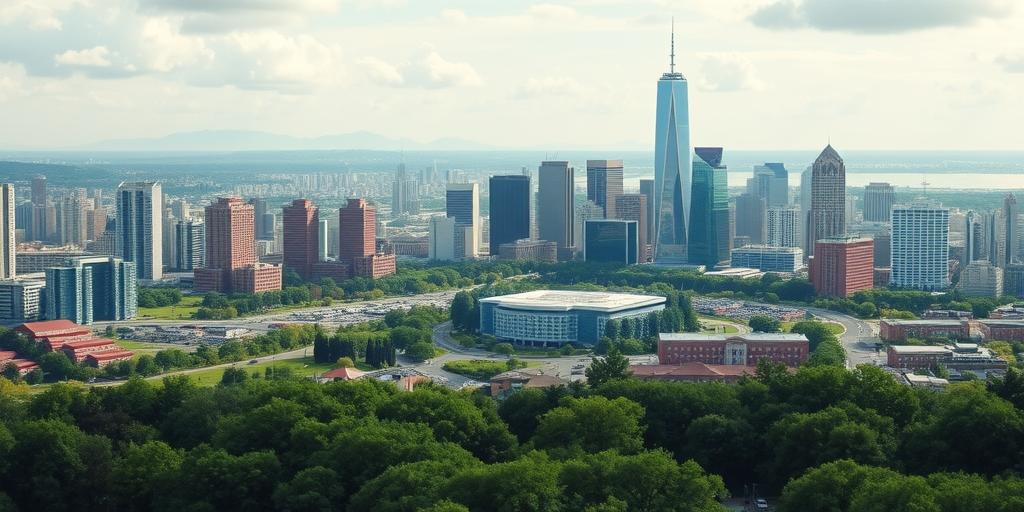Florida Manatees: A Thriving Comeback or a Precarious Future?
Florida's gentle giants, the manatees, are captivating creatures facing an uncertain future. After a devastating starvation event, their numbers are showing signs of recovery, but the journey is far from over. Dive into the fascinating world of manatees, discover the threats they face, and explore the ongoing efforts to safeguard these majestic marine mammals.
Manatee Lagoon: A Winter Haven for Florida's Gentle Giants
Imagine a place where you can witness dozens of these gentle giants frolicking in warm, safe waters. This isn't a dream; it's Manatee Lagoon, a unique sanctuary situated near Florida Power & Light Company's Riviera Beach plant. This exceptional location provides manatees with a warm-water haven during the cold winter months when the water temperature dips below the life-threatening level of 68 degrees. The facility, free and open to the public, also offers an educational opportunity for visitors to learn more about manatee conservation and the importance of preserving these gentle giants' habitat. This popular destination provides a compelling opportunity to observe manatees in their natural environment, enhancing public awareness of the species and their delicate ecosystems.
The Manatee Lagoon Experience: More Than Just a Sight
Manatee Lagoon isn't just a place for viewing manatees. It's also a center for education and conservation. Educational materials provide insight into the vital role manatees play as an indicator of environmental health. From guided tours to captivating presentations, visitors can discover ways to protect manatees. Moreover, the facility hosts events such as the annual ManateeFest, a day filled with fun, family activities, and opportunities to engage with conservation organizations, adding another layer to its appeal and fostering a community-based commitment to manatee protection. This hands-on learning experience creates a lasting impact, solidifying the importance of manatee preservation in visitors' minds.
Understanding the Threats: Cold Stress, Collisions, and Starvation
While human-caused threats like boat collisions remain a significant danger, cold stress emerges as the primary natural threat to these incredible creatures. Manatees, being warm-blooded mammals, require consistently warm waters to survive and when winter temperatures plummet, they are significantly impacted. The mass starvation event caused by widespread seagrass loss and pollution brought the fragility of manatee survival and the complex interplay between their health and environmental factors into stark relief. This catastrophe underscored the critical need for environmental protection and restoration to assure their ongoing existence and conservation efforts have sought to understand and address the impact on manatee habitats from these events and have helped bring recovery to seagrass, but vigilance is paramount.
Beyond the Obvious Dangers: The Silent Killers
Beyond cold snaps and boat accidents, water pollution poses a subtle yet insidious danger. Agricultural and urban runoff, carrying contaminants, negatively affect the seagrass beds that manatees rely on for sustenance. The decline in seagrass has had devastating effects in some areas such as the Indian River Lagoon, leaving manatees vulnerable to starvation. Addressing these hidden threats is vital for ensuring a long-term viable manatee population and the long tail keyword "water pollution threats to manatees" offers a pathway into this critical concern.
Manatee Conservation: A Collaborative Effort for Survival
Florida's commitment to manatee conservation is impressive. State wildlife officials implemented innovative temporary feeding programs during the seagrass crisis and through initiatives such as the creation of protected sanctuaries, and programs fostering a strong partnership between conservationists and the public, they are proactively working to safeguard their future. These efforts aim to revitalize seagrass habitats and reduce threats such as pollution and cold stress. The success in seeing some restoration of seagrass populations serves as an important example of conservation success when coordinated effort takes place. As a vital keystone species within its aquatic habitat, manatee well-being reflects the condition of Florida’s waterways and is a potent symbol of the state’s ecological integrity.
Recovery, but not Celebration: Maintaining Vigilance
Despite positive signs of population recovery, it is important to avoid declaring premature victory. The recent increase in manatee deaths remains an important concern, and it serves as a constant reminder that protecting manatees needs to be an ongoing effort. The future requires more careful conservation efforts for these gentle giants and the intricate ecosystems upon which they depend and the continued protection of manatees as an endangered species reflects that commitment. Monitoring and restoration initiatives must continue in full force. The fight to safeguard these magnificent animals is a long-term commitment and should be actively championed.
Take Away Points
- Manatee Lagoon offers a unique opportunity to observe these gentle giants in a safe and controlled environment.
- Cold stress and human interaction, particularly boat collisions, are the main factors responsible for manatee deaths.
- Water pollution and seagrass loss pose additional indirect threats that need to be proactively mitigated.
- Ongoing conservation efforts show signs of positive impact, but consistent vigilance is necessary.









